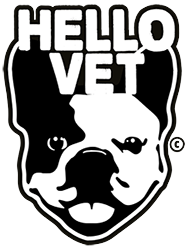Vet in Corvallis, OR
Hello Vet Pet Wellness Center
Locally Owned
At Hello Vet for pets we are re-imagining veterinary care in Corvallis, OR. We are now taking new clients!
Building Community in Corvallis, OR
At Hello Vet Pet Wellness Center, our mission is to provide exceptional and compassionate veterinary care for your beloved pets. We are dedicated to promoting the health and well-being of your furry family members through comprehensive medical services, advanced diagnostics, and personalized treatment plans.
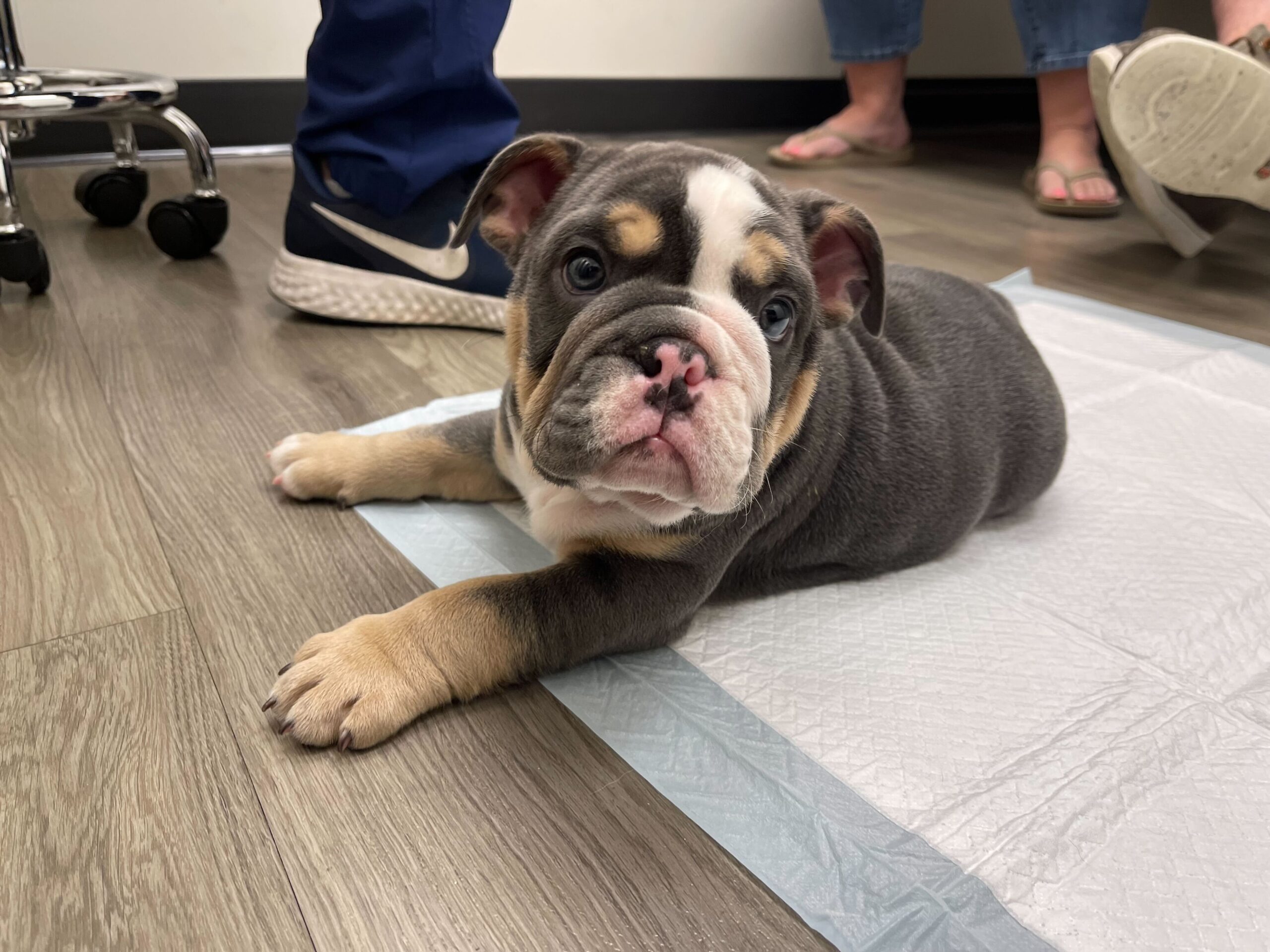
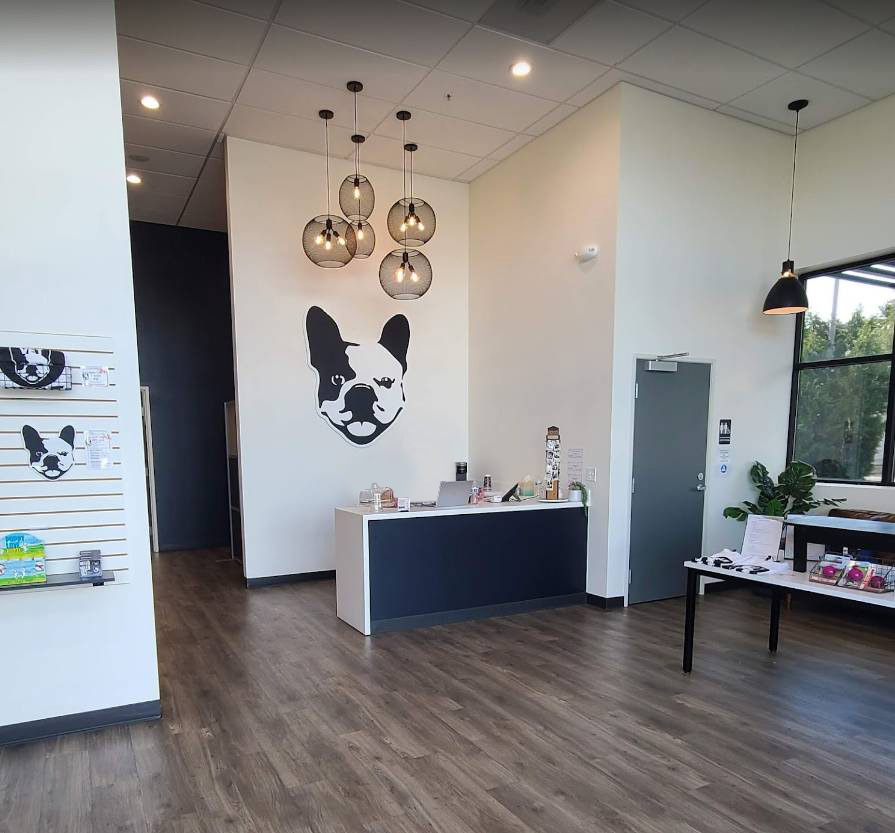
About Us
Why Choose Us for Your Pet’s Veterinary Needs
- ZWe bring a modern veterinary facility that is warm and welcoming to Corvallis, Oregon.
- ZWe are committed to our Fearlessly Joyful standard of veterinary care. This means fear-free pet care and relationship-focused client care, all in a joyful environment.
- ZAnd we are Sharing the Love! We call it Pet Care with a Purpose. When you choose Hello Vet Pet Wellness Center for your pet’s veterinary care, you are choosing to be a part of something bigger. We are committed to giving back to our communities, both locally and globally, bringing wellness care to pets in need.


Pet Care with a Purpose
Hello Vet Veterinary Services
Hello Vet Pet Wellness Center provides cutting-edge veterinary services, ensuring our community has access to high-quality medical care for their pets.
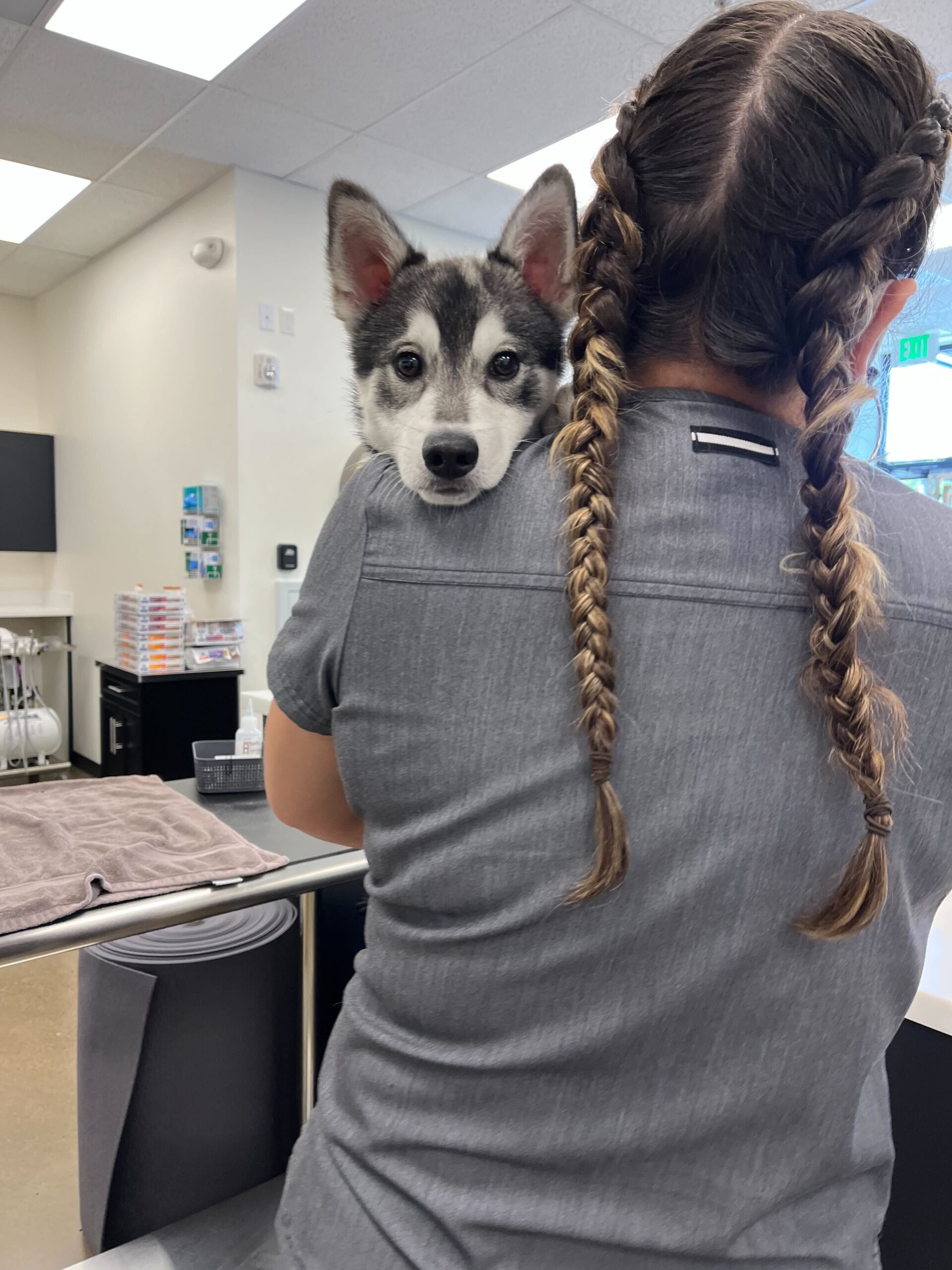

Pet Wellness Care
An ounce of prevention is worth a pound of cure. Prevention and early intervention mean a longer, higher quality of life for your favorite adventure buddy! Learn More

Pet Vaccinations
Vaccines protect pets from various contagious and potentially deadly diseases. Our veterinarians will recommend a vaccination plan based on your pet’s age, species, and lifestyle. Learn More

Pet Dental Care
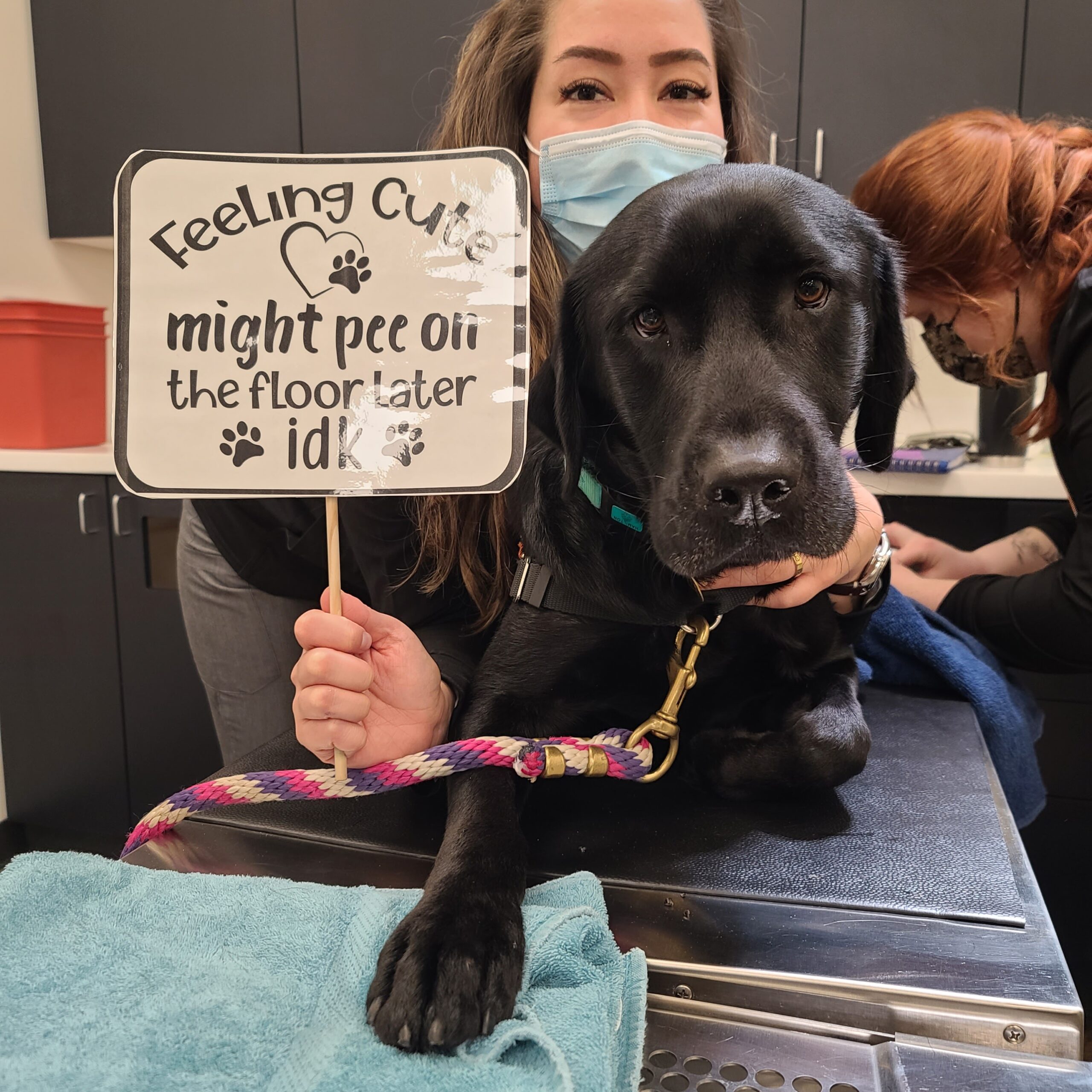
VETERINARY STAFF
MEET OUR VETERINARY TEAM
Meet Dr. Jason and Dr. Sheena. They are the owners and veterinarians at Hello Vet’s first Pet Wellness Center in Corvallis, Oregon! Our veterinary team is committed to continuous learning, and their genuine love for pets makes Hello Vet Pet Wellness Center a reliable and compassionate resource for pet owners seeking comprehensive care for their furry companions.
OUR REVIEWS
Thank You for All Your Kind Words
We appreciate you making us one of the top-rated vets in Corvallis, OR, even though we know you have many options when selecting your veterinarian.

We are fear free certified. We invite you to experience our relationship-focused client care while your pet receives excellent medical care in a fear-free environment (check out our Fear-Free Certification).
We know how important it is that you have a reliable resource to turn to when your pet needs help. That’s why we are so proud of being nominated for Best of Corvallis in three different categories.
